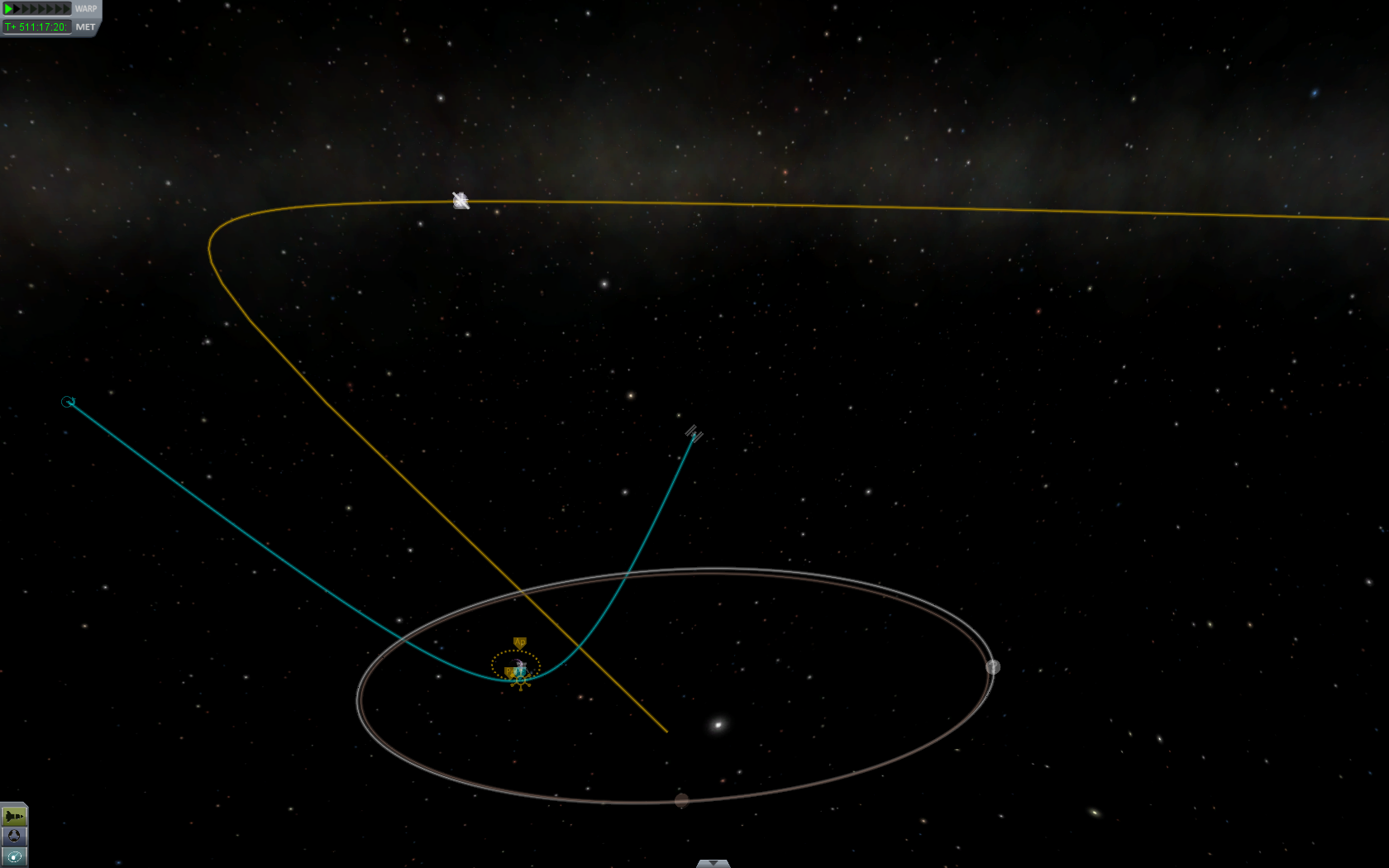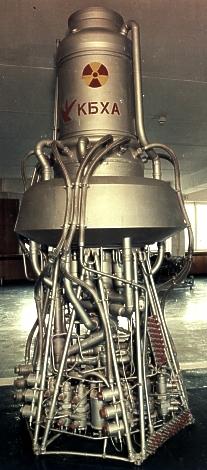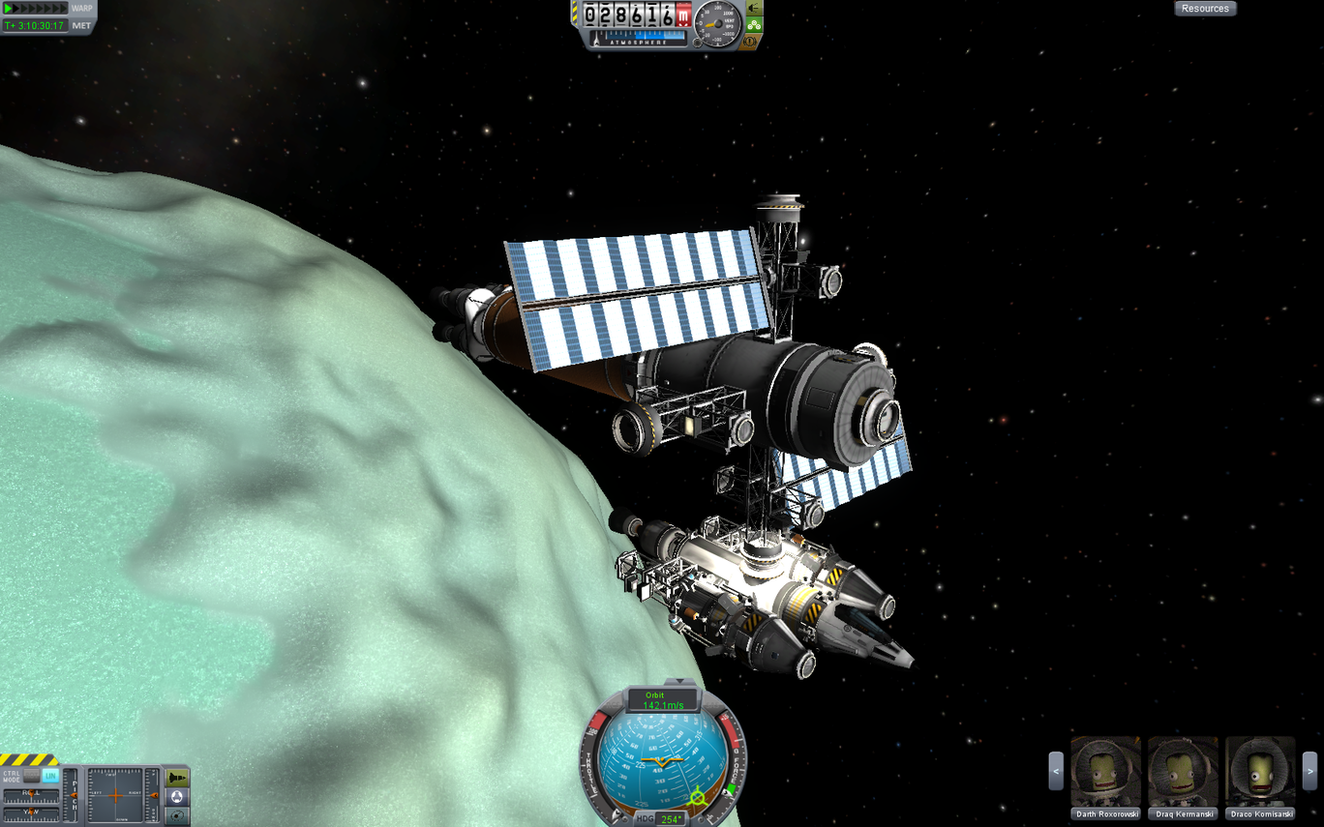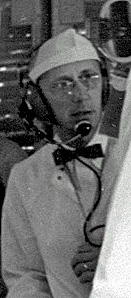Burning Bridges
Enviado de meu SM-G3502T usando Tapatalk
10,178 m/s? That's a lot, think you could get to Moho with it without a gravity slingshot of Eve? I was honestly shocked when I saw how much delta-v my Moho probe needed to change inclination, not to mention the final transfer burn. And I did save like 1k or 2k delta-v by doing a tight slingshot around eve.
Anyway, to my surprise, it turned out that my Duna Rover now burns through RCS a lot faster than it did. It seems it benefited from the old buggy RCS usage a lot but 0.18.2. kind of changed that. However it turned out that the lander pod can easily turn left and right using E/Q with no RCS. So now I'm making an improved version with 4 ion engines.
After more testing, I think there is a LOT more potential for the NERVA. I think I could get close to 15,000 m/s with a NERVA quite soon.
My last test reached 12,730 m/s on a vertical takeoff / acceleration test. An improvement of 2,500 m/s over the previous design.
Total burn time was 31 minutes, how does that sound compared to Ion drives?
Optimizing deltaV in Excel absolutely pays off now - I can see the influence of a few kilograms, and I also learned that a lot of stuff goes against intuition.
For this test I optimized weight and staging (asspergers staging for the interplanetary burn). I increased fuel somewhat to take full advantage of the saved weight (total mass at takeoff is now ~158 tons). I also used a weight reduced probe (absolute minimum is stable energy supply, a basic propulsion system and all 4 scientific instruments). The biggest weight reduction was achieved by stripping the probe completely of RCS, that stuff really adds too much weight. This scientific interplanetary probe weighs ca 0.48t, and could be turned into a simple lander with only a little extra weight. It can achieve ca 12-13 km/s after a vertical takeoff, and a lot more with a proper gravity turn.
An attempt at 15,000 m/s is planned. So far the result is quite satisfactory.


























































